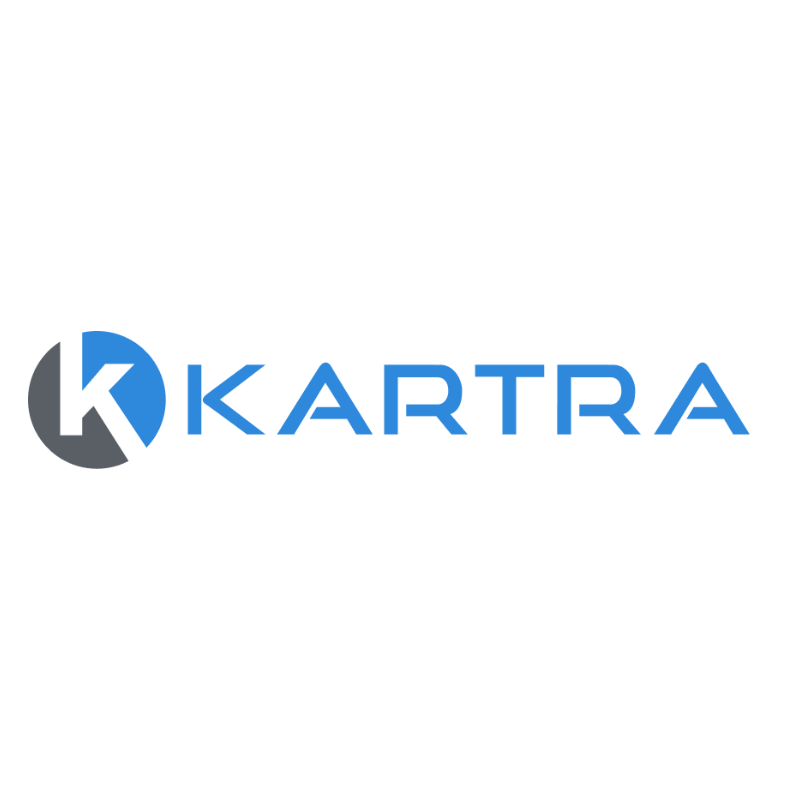FAQ'sFrequently Asked Questions about CrateDB
Who are CrateDB?
CrateDB is a database management system developed by Crate.io, designed to handle large volumes of real-time data. It was established to simplify the management of structured and unstructured data, enabling users to leverage its capabilities for analytics, IoT, and other data-intensive applications.
What are CrateDBs products?
CrateDB primarily offers its flagship product, CrateDB, which is a distributed SQL database. It is designed to provide high availability, scalability, and real-time analytics capabilities. The product supports SQL queries for both structured and unstructured data, making it versatile for various use cases.
What services do CrateDB offer?
CrateDB offers services including database hosting, data integration, and support for data analytics. Additionally, they provide a cloud-based version of CrateDB, which simplifies deployment and management for users.
What type of companies do CrateDBs products suit?
CrateDBs products are suitable for companies that deal with large volumes of data and require real-time analytics capabilities. This includes businesses in sectors such as finance, telecommunications, IoT, and e-commerce.
How much does CrateDBs product cost?
The cost of CrateDB varies depending on the deployment model (self-hosted or cloud) and the scale of usage. For precise pricing information, potential customers are encouraged to contact CrateDB directly or visit their pricing page on the website.
Does CrateDB offer a free trial?
Yes, CrateDB offers a free trial for their cloud service, allowing users to explore the platforms features and capabilities without any upfront commitment.
What discounts does CrateDB offer on their products?
CrateDB may offer discounts based on subscription plans or for long-term commitments. Specific details regarding discounts can be obtained by contacting their sales team directly.
Are there any hidden fees or additional costs with CrateDB?
CrateDB aims for transparency in its pricing. However, potential users should review the terms and conditions carefully to understand any additional costs that may arise, particularly with self-hosting options or additional features.
Who uses CrateDBs products?
CrateDBs products are used by a range of organisations, including startups, medium-sized enterprises, and large corporations, particularly those in data-intensive fields like IoT, log analytics, and real-time data processing.
What are the main features of CrateDBs products/services?
Key features of CrateDB include distributed SQL capabilities, support for high-volume data ingestion, real-time analytics, a flexible schema for handling both structured and unstructured data, and scalability across multiple nodes.
How does CrateDB compare to its competitors?
CrateDB differentiates itself from competitors by offering a unique combination of SQL capabilities with high performance in handling large datasets and real-time analytics. Its architecture is tailored for scalability and ease of use, particularly for time-series data.
Is CrateDBs platform easy to use?
Yes, CrateDB is designed with user-friendly interfaces and tools, making it relatively easy to use for developers and data analysts. The SQL interface allows users familiar with SQL to quickly adapt to the system.
How easy is it to set up CrateDBs product or service?
Setting up CrateDB can be straightforward, especially with their cloud offering, which requires minimal configuration. For self-hosted deployments, users may need to follow more detailed installation guides.
Is CrateDB reliable?
CrateDB is designed for reliability, offering high availability through its distributed architecture. Regular updates and a robust support framework further enhance its reliability.
Does CrateDB offer customer support?
Yes, CrateDB provides customer support through various channels, including documentation, community forums, and direct support for enterprise customers.
How secure is CrateDB’s platform?
CrateDB employs several security measures, including data encryption, user authentication, and role-based access control, to ensure the security of data stored within its platform.
Does CrateDB integrate with other tools or platforms?
Yes, CrateDB supports integration with various tools and platforms, including popular data visualisation tools, data processing frameworks, and third-party applications, enhancing its functionality and usability.
Can I use CrateDB on mobile devices?
CrateDB itself does not have a dedicated mobile app; however, users can access its web interface through mobile browsers for monitoring and management tasks.
What do users say about CrateDB?
Users generally appreciate CrateDB for its performance, scalability, and ease of use, particularly in handling large datasets. Some feedback highlights the need for more comprehensive documentation for advanced features.
What are the pros and cons of CrateDB?
Pros include its high performance, scalability, and real-time analytics capabilities. Cons may involve a learning curve for more complex operations and reliance on cloud services for certain functionalities.
How can I purchase CrateDB’s services?
CrateDBs services can be purchased directly through their website, where users can select their preferred deployment model and plan. Enterprise options can be discussed with the sales team.
What is the cancellation or refund policy for CrateDB?
CrateDBs cancellation and refund policies may vary by subscription model. Users are encouraged to review the terms at the time of purchase or contact customer support for specific inquiries.
What are the common use cases for CrateDB?
Common use cases for CrateDB include real-time analytics, monitoring IoT devices, log management, and data warehousing, especially for applications requiring quick access to large datasets.
Why choose CrateDB over other options?
Choosing CrateDB may be advantageous for organisations requiring a robust solution for real-time data analytics with SQL support and scalability in mind, particularly when dealing with large volumes of data.
How easy is it to set up CrateDB?
Setting up CrateDB is generally easy, particularly with their cloud offering, which simplifies the process. Self-hosted setups may require more configuration but are well-documented.
Does CrateDB offer training or tutorials?
Yes, CrateDB provides various resources, including documentation, tutorials, and webinars, to help users understand and effectively utilise the platform.
What languages does CrateDB support?
CrateDB primarily supports SQL as its query language, making it accessible for users familiar with SQL. Additionally, it has libraries available for several programming languages to facilitate integration.
What problems does CrateDB solve?
CrateDB addresses challenges related to handling and analysing large volumes of real-time data, providing users with a scalable and efficient solution for data management and analytics.
Is CrateDB worth the investment?
Whether CrateDB is worth the investment depends on an organisation’s specific needs for data management and analytics. Its capabilities in handling large datasets and real-time processing can provide significant value for data-intensive applications.






Leave a Reply
You must be logged in to post a comment.